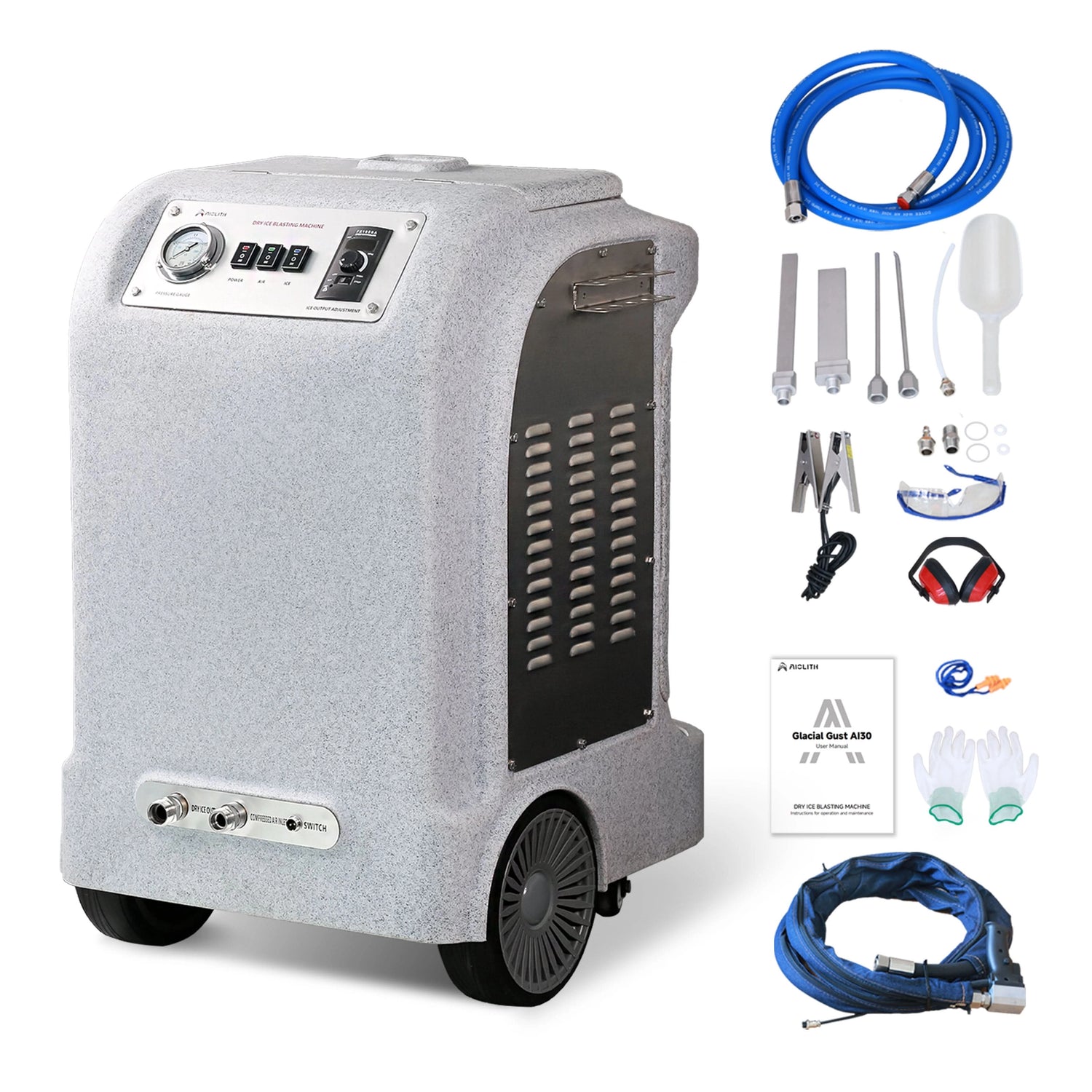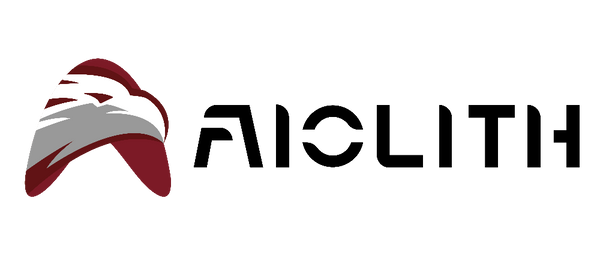What Is the Best Tool to Clean Hard Floors With? 7 Proven Solutions That Save Time, Cut Costs, and Improve Safety
Share
Why Choosing the Right Tool for Hard Floors Is Critical
Dirty or poorly maintained floors are not just an eyesore—they’re a safety risk and a long-term cost burden. Facility managers, retailers, and business owners often ask: “What is the best tool to clean hard floors with?”
Research published in the Journal of Occupational and Environmental Hygiene confirms that mechanized floor-cleaning systems remove significantly more dirt and bacteria than traditional tools like brooms and mops, while also reducing slip hazards (Anderson & Meinke, 2021).
Comparison of Common Hard Floor Cleaning Tools
| Tool | Strengths | Weaknesses | Best Use Case |
|---|---|---|---|
| Broom & Dustpan | Cheap, quick for light debris | Leaves fine dust, ineffective on stains | Small spaces, low-traffic areas |
| Traditional Mop | Inexpensive, familiar to staff | Spreads dirt, high labor costs, slow drying | Homes or very small offices |
| Vacuum (Hard Floor Mode) | Removes dust efficiently | Doesn’t remove sticky residues | Offices, hotels, classrooms |
| Steam Cleaner | Sanitizes with heat, chemical-free | Limited coverage, not for all surfaces | Kitchens, restrooms, healthcare areas |
| Floor Buffer/Polisher | Restores shine, effective on scuff marks | Doesn’t clean deeply, requires training | Retail stores, showrooms |
| Commercial Scrubber | Deep cleans, dries quickly, cost-effective | Higher upfront cost | High-traffic facilities, warehouses, malls |
| Aiolith Floor Scrubber | Combines sweeping + scrubbing, eco-efficient | Initial investment required | All commercial and industrial applications |
Why Floor Scrubbers Are the Best Tool for Hard Floors
Unlike brooms or mops, floor scrubbers clean, sanitize, and dry floors in one pass. This efficiency is why they are increasingly adopted in airports, hospitals, schools, shopping centers, and warehouses.
The Centers for Disease Control and Prevention (CDC, 2020) notes that mechanized cleaning is more effective at reducing microbial contamination compared to manual cleaning methods (CDC source).
The Unique Advantages of Aiolith Floor Scrubbers
Businesses that rely on Aiolith commercial scrubbers gain benefits that directly solve common pain points:
- Hybrid sweeping + scrubbing: Eliminates the need to pre-sweep.
- Superior suction systems: Leaves floors nearly dry, reducing slip-and-fall risks.
- Eco-efficient dosing systems: Cut water and detergent use by up to 40%.
- Durable engineering: Withstands heavy daily use, extending lifespan.
- Operator-friendly design: Intuitive controls reduce training time.
These features make Aiolith the best long-term investment for maintaining hard floors.
Cost Comparison: Manual vs. Scrubber Cleaning
| Factor | Manual Cleaning (Mop/Broom) | Commercial Scrubber (Generic) | Aiolith Scrubber |
|---|---|---|---|
| Upfront Cost | $50–$200 | $8,000–$15,000 | $4,000–$6,000 |
| Labor Efficiency | Low – 2–3x longer cleaning times | Moderate | High – precision scrubbing + drying |
| Water & Chemical Use | High – frequent refills | Reduced | 40% lower with eco-dosing |
| Floor Drying Time | Long, slip hazard | Quick | Ultra-fast with Aiolith suction technology |
| ROI Timeline | None | 2–3 years | 18–24 months |
Environmental and Safety Benefits
-
Lower water consumption reduces environmental footprint.
-
Less chemical use protects staff and customers.
-
Slip prevention lowers insurance and liability risks.
The Health and Safety Executive (HSE, 2020) highlights that scrubbers are safer than mopping because they leave floors dry and slip-resistant (HSE source).
How to Choose the Best Scrubber for Hard Floors
When evaluating a scrubber, businesses should consider:
- Facility Size – Walk-behind scrubbers for smaller areas, ride-on for large spaces.
- Floor Type – Adjustable brush pressure protects vinyl, tile, or concrete.
- Traffic Level – Daily cleaning needs in malls or hospitals vs. weekly in offices.
- Budget – Upfront investment balanced by long-term labor savings.
- Brand Reliability – Aiolith is recognized for durability and energy efficiency.
FAQ: What Is the Best Tool to Clean Hard Floors With?
Q1: Is a mop enough for cleaning hard floors?
A: For small spaces, yes. But in commercial facilities, mops spread dirt and are labor-intensive.
Q2: Why are Aiolith scrubbers better than traditional tools?
A: They scrub, sanitize, and dry floors in one pass, saving time and costs.
Q3: Can scrubbers be used on all types of hard flooring?
A: Yes. Aiolith machines offer adjustable settings to protect sensitive surfaces.
Q4: Are scrubbers worth the investment?
A: Absolutely. With labor and chemical savings, most Aiolith scrubbers pay for themselves within 18–24 months.
Q5: Do scrubbers require special cleaning solutions?
A: Yes, low-foam commercial detergents should be used for best performance.
Conclusion: The Best Tool for Hard Floors
So, what is the best tool to clean hard floors with? For small, low-traffic spaces, brooms and mops may suffice. But for businesses managing larger facilities, the answer is clear: commercial scrubbers, especially Aiolith models, are the superior choice. They reduce labor costs, improve hygiene, enhance safety, and deliver a strong return on investment.
Choosing Aiolith means choosing a tool that combines durability, efficiency, and eco-friendly performance, making it the best solution for hard floor maintenance in modern businesses.
References
Anderson, J., & Meinke, H. (2021). Occupational hygiene and floor maintenance practices in commercial settings. Journal of Occupational and Environmental Hygiene. Read here.
Centers for Disease Control and Prevention (CDC). (2020). Environmental cleaning and disinfection guidelines. Available here.
Health and Safety Executive (HSE). (2020). Preventing slips and trips at work. Available here.

